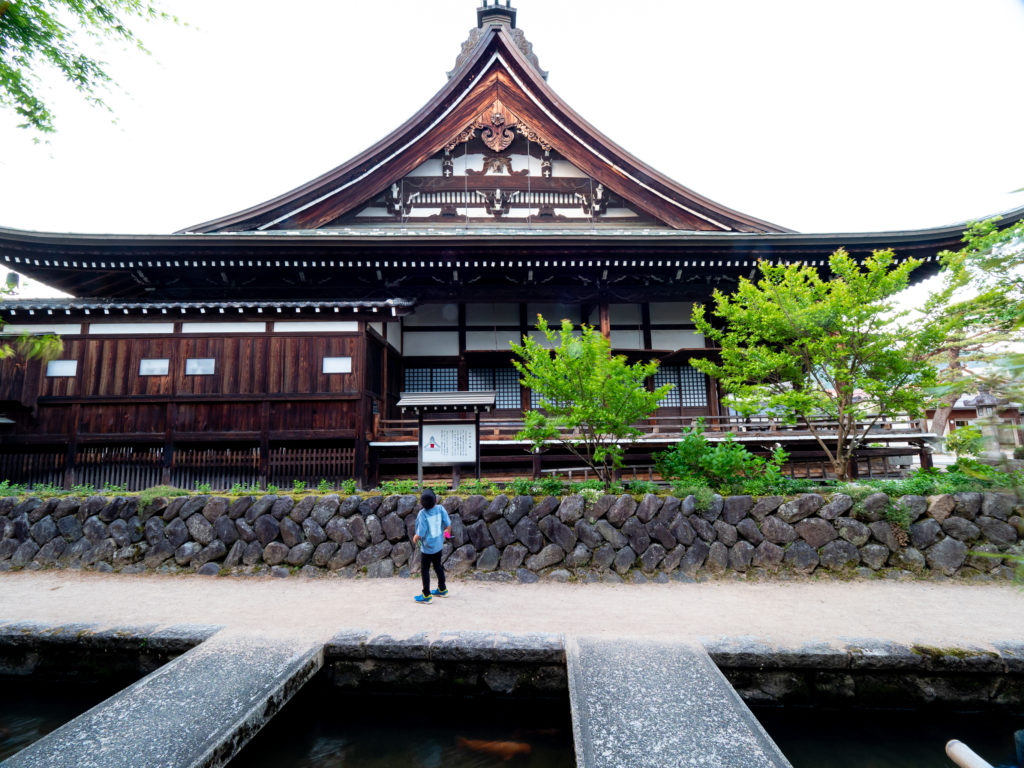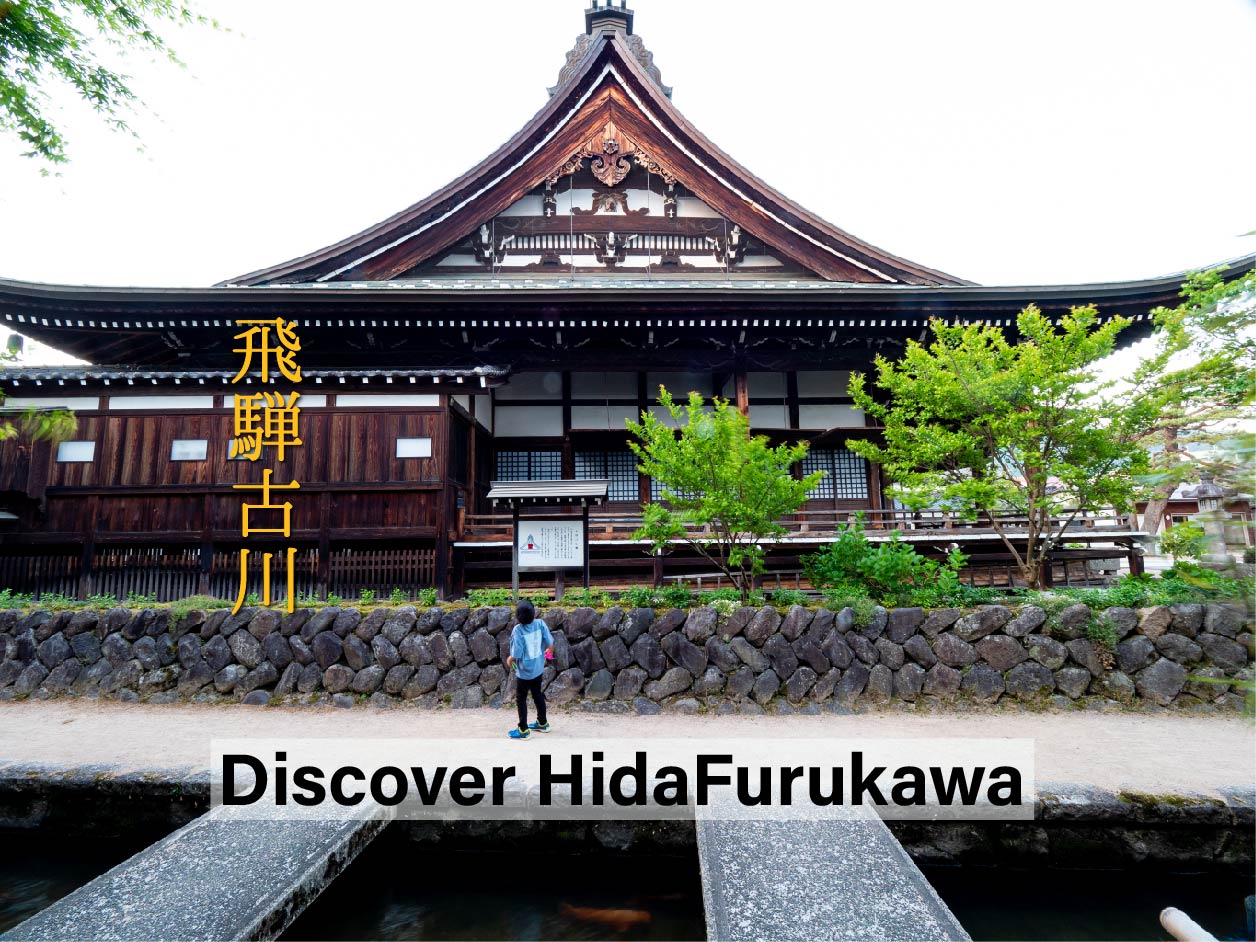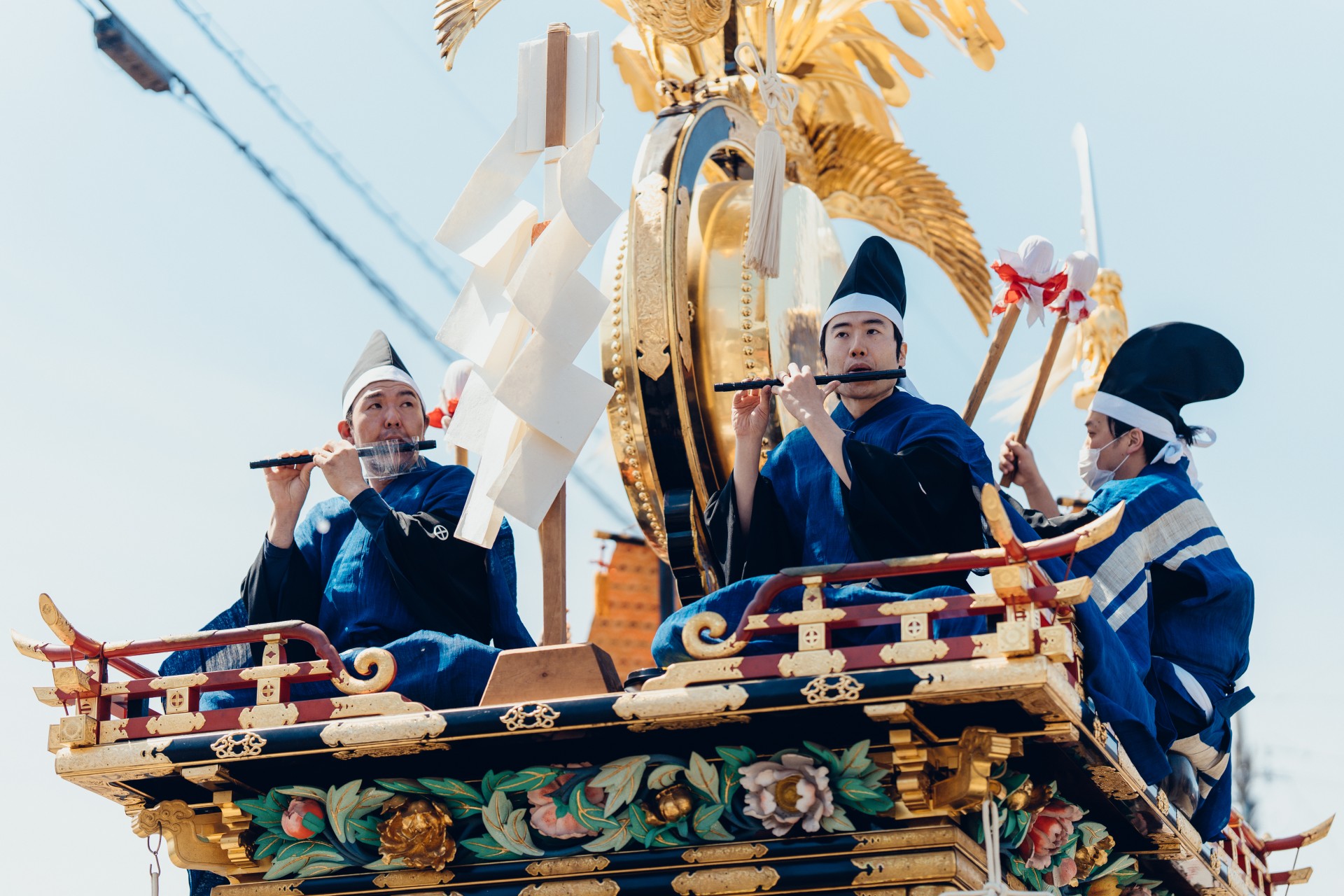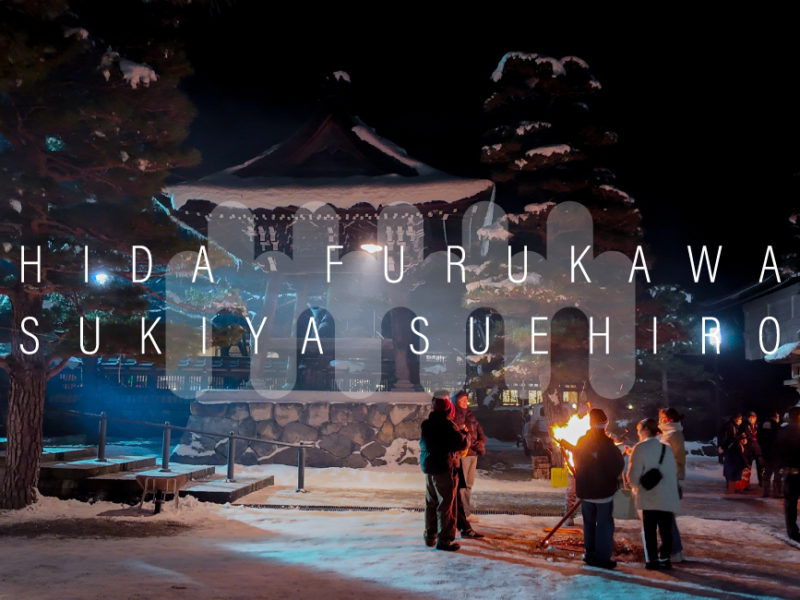First of all, our town is not popular tourist town, while the public lives under the relatively old culture in the traditional downtown. The almost all urban people doesn’t know here probably if you ask about HidaFurukawa in cities. The local culture and people of Hida have been protected by surrounding mountains, the Japan Alps.

History
Hida region, Furukawa and Takayama area have a long history and it is said people have been living about ten thousand years. Nagachika Kanamori united Hida by the order of Hidayoshi Toyotomi during the age of civil war, and Hida was governed for six generations thereafter. The town of Furukawa was built as a castle town of Masushima Castle, a sole castle in Hida, built in 1589. In Edo period, a decree of “one feudal domain, one castle” was announced by the Tokugawa government, and Masushima Castle ended its role as castle when all the Samurai moved to Takayama (there still remains Masushima Shrine standing on the stone wall), and Furukawa has since become the town of merchants and craftsmen.In 1692, Hida became an imperial fief under the direct control of Edo-Bakufu (Shognate) in order to dominate the rich forest resouces, and it was ruled by the Tokugawa Family for more than 170 years, until the overthrow of the Shognate.

Machiya House and living
many features in common in terms of structure of the towns such as geographical conditions and layout of castles ,temples and dwelling area. Divided by Seto River, merchants’ and Samurais’ dwelling areas are extending in Furukawa. You can still see many wooden houses with the peaceful atmosphere in the major streets called Ichi-no-machi, Ni-no-machi and San-no-machi. Machiyas are merchant houses lined in the center of the town that can be seen in Kyoto, or other historical towns in Japan, but Machiya in Furukawa is especially unique among them.First of all, compared to Kyoto or Takayama, Furukawa is much smaller and you can feel the cozy feeling of small town surrounded by mountains, one of the most notable features of Furukawa is that you can stroll around the enjoying the view of Norikura and Ontake, a part of Japan Alps, which are over 3,000 altitude. Another surprising thing is that not only old ones, but also there are relatively new Machiya less than 10 years old. An agreement for surrounding landscape is a common sense in Europe but not in Japan after World War Ⅱ. However, here Furukawa still has the climate where common view “Souba” is respected, therefore even when a house is burnt down due to a fire, or a house is repaired, new “Machiya” that harmonize with the surroundings will be built. The biggest contributor of remaining the streets of Furukawa is the skillful carpenters from this town called “Hida no Takumi”. In old days they were sent to build the capital in Kyoto and Nara, instead of the payment of taxes by rice. The extraordinary carpentry skill has been refined over a thousand years and succeeded until today.

Local Living with Fire
The relation with the fire is very important in Japan where most of houses are of wood. “Machiya” style houses in this town are built next to each other an share a border with neighbors, so the fire must be treated with extreme care. The majority of the town excluding some of the temples were burnt the fire every single day at the small shrines exisiting several placed in town,called “Akiba-sama”, who enshrines the god of the fire. You might see people, even children, promote “Hino-Youjin”( Beware of Fire ) with wooden clappers, walking among town in the evening.

Finding Tsugite and Kumo of Architecture
The structure material such as pillars and beams, or interiors like ceiling of Japanese old wooden buildings are built by the combinations of woods, therefore no nails or metal parts are not used. Some of the major traditional methods are called “Tsugite”( straight joints), and “Shiguchi”(angle joints). These techniques are the answers to the various demands including its strength, fine view, and ease of repair that “Hida no Takumi” have invented, considering the shapes, nature, and types of woods. Generally it tends to be thought the life span of wooden buildings are shorter than of stone buildings in Europe, but the wooden structures in Japan are designed to last hundreds of years with repair or dismantle and restructuring. For example, Tsugite called ” Kanawa-Tsugi” is used on the pillar of a temple gate built for long-term outdoor use. The lower part of the pillar is easy to be rotten by moisture, so the only part of wood below Tsugite can be replaced. Houses built solely by woods are decomposable and easy to be fixed or moved. It is not unusual to dismantle and reconstruct the house, so the skills of Hida no Takumi are highly sustainable and rational as well. the kinds of Tsugite vary according to the purposes. You can touch the original one at Hida no Takumi Bunkakan (Local Museum in HidaFurukawa). You will also find actively used Tsugite in all over Furukawa when you walk down the streets. When you walk around the town of Furukawa, you will see cloud-like wood carved decoration beneath the eaves of the houses. There are about 400 houses that have this “Kumo” (cloud), and there are about 170 varieties of designs. Each chief carpenter has his own design of “Kumo” and it can be distinguished who built the house, by the design. The Kumo can be said as a symbol of the carpenters’ pride. Once carpenters accounted 10% of total population of the town, and it tells how extraordinary skills were accumulated in this town and inherited at the same time, up until now. There are a Totem Pole of Kumos exhibited in Hida no Takumi Bunka Kan, and you can enjoy walking around town fining the Kumo.



